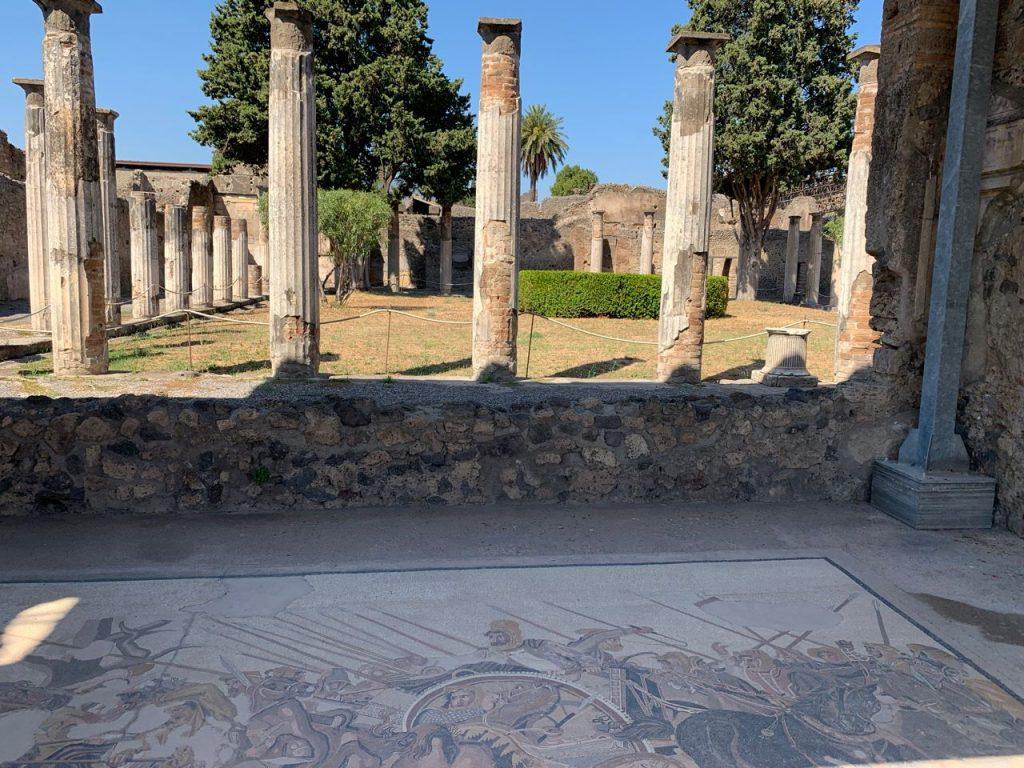
I wonder if the origin of the word pompous relates to the city named Pompeii. It certainly is grand; impressive in scope and splendour. Pompeii, for anyone who doesn’t know this, was a prosperous town in the Roman Empire that got buried under 4 – 6 metres of volcanic ash in an eruption of Mount Vesuvius in 79 AD. Thanks to the suddenness of the eruption and the preservation powers of its ash, it and nearby towns such as Herculaneum, lay sleeping underneath the ash and were mostly still intact. Archaeologists started excavating Pompeii in 1748 and are still learning from what has already been excavated.
Pompeii has been top tourist destination for over 250 years. Like so many famous sites though, tourism has also caused damage. Because of damage done by the elements from early excavations and from excessive tourism, excavation has largely stopped, even though archaeologists believe that much more remains buried. To try to preserve the excavated portions, tourists have been banned from 2/3 of what they were allowed to visit in the 1960s. This may explain why my mother’s memory of Pompeii from her visit in 1963 is of something more impressive than it struck me, visiting it now.
Don’t get me wrong: it is still an impressive site, and I do recommend visiting it. But, a bit like Machu Picchu, it had been built up in my mind so much from years of hearing people talk about it, that seeing the actual place just didn’t quite live up to the hype. (Mind you, had we done our homework on the place before visiting and/or taken a guided tour, I’m sure we would have got a lot more out of it.)
Here are a few photos from Pompeii. (Click arrows or swipe to see the next image.)
Herculaneum
To try to divert some of the heavy tourist volume, in recent years tourists have been encouraged to visit instead nearby Herculaneum (Ercolano), another town that has been excavated and that was exceptionally well preserved. We wanted to see both sites, and only had a day to devote to them, so we splurged and hired a driver.
Travel tip: You need a minimum of two hours at each site. Pompeii really needs at least three, and you could easily spend many more hours there. It was a big city!
Whether you do it on one day or two, I would recommend that you make the time to visit both sites. Many more of the details and decorations of the buildings are still visible at the Herculaneum site than in Pompeii. You can even see a wooden door still standing, and a few beams that were charred but not completely consumed by fire. I’m glad we went to Herculaneum first, so when we later looked at the grand houses of Pompeii we could visualize the decorations that would once have been there.
Most striking at Herculaneum were the docks, where you can still see the skeletons of people who fled to the harbour hoping to be rescued from the volcanic eruption by ships.
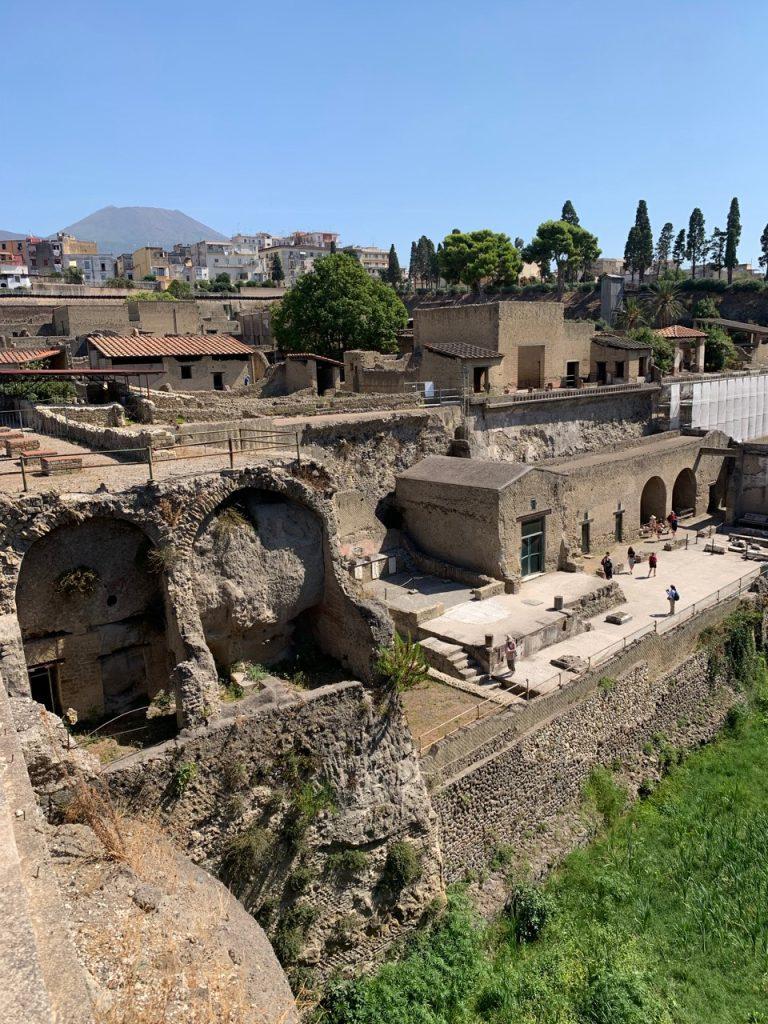
You can see the open mouths of what can easily be imagined as panicked shouts or struggles to get more air in their lungs, because what they could breathe had been replaced by sulphuric air from the volcano.
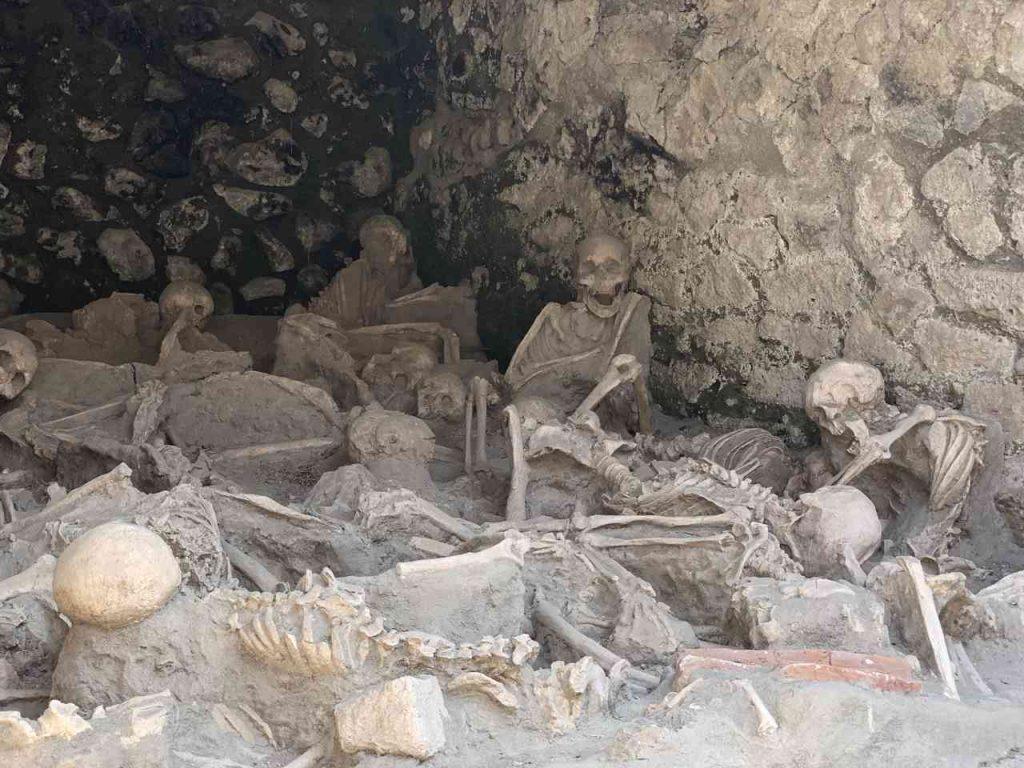
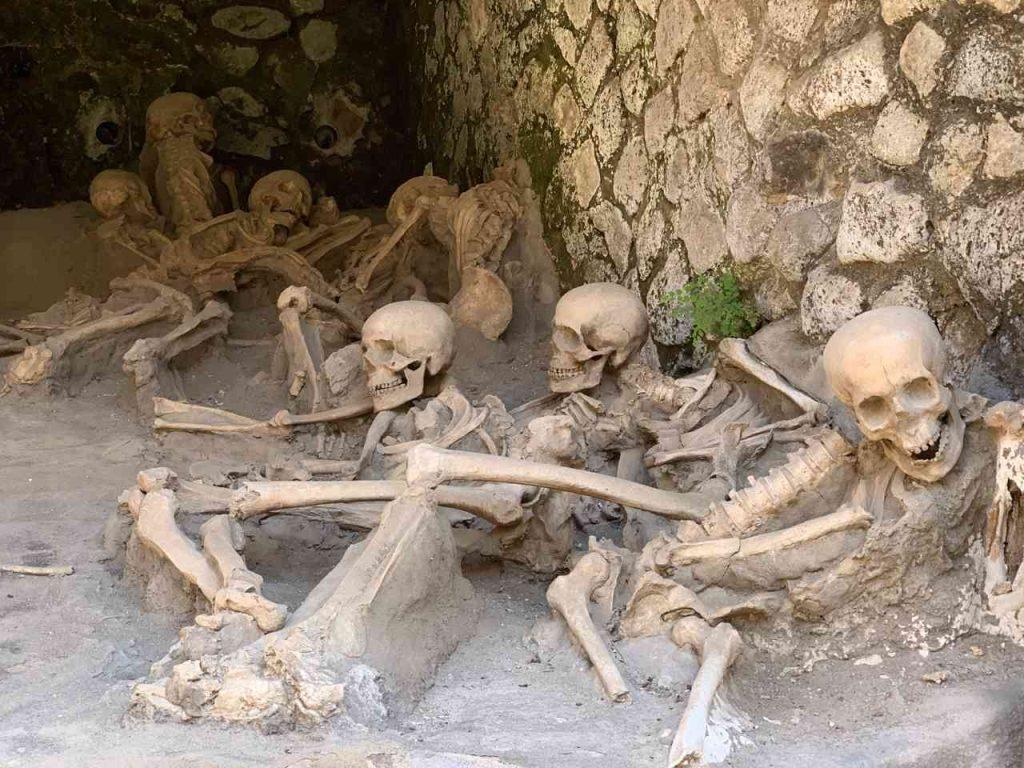
Pliny the Elder had sent a ship, originally out of curiosity, but once he discovered how bad the situation was, he converted it to an attempted rescue mission. Here is a translation of how Pliny the Younger, who had been invited to join his uncle but thankfully declined, described the scene:
The ash already falling became hotter and thicker as the ships approached the coast and it was soon superseded by pumice and blackened burnt stones shattered by the fire. Suddenly the sea shallowed where the shore was obstructed and choked by debris from the mountain. He wondered whether to turn back, as the captain advised, but decided instead to go on. “Fortune favours the brave”, he said, “take me to Pomponianus”. Pomponianus lived at Stabiae across the Bay of Naples, which was not yet in danger, but would be threatened if it spread. …
Meanwhile, tall broad flames blazed from several places on Vesuvius and glared out through the darkness of the night. My uncle soothed the fears of his companions by saying that they were nothing more than fires left by the terrified peasants, or empty abandoned houses that were blazing. He went to bed and apparently fell asleep, for his loud, heavy breathing was heard by those passing his door. But, eventually, the courtyard outside began to fill with so much ash and pumice that, if he had stayed in his room, he would never have been able to get out. He was awakened and joined Pomponianus and his servants who had sat up all night. They wondered whether to stay indoors or go out into the open, because the buildings were now swaying back and forth and shaking with more violent tremors. Outside, there was the danger from the falling pumice, although it was only light and porous. After weighing up the risks, they chose the open country and tied pillows over their heads with cloths for protection.
It was daylight everywhere else by this time, but they were still enveloped in a darkness that was blacker and denser than any night, and they were forced to light their torches and lamps. My uncle went down to the shore to see if there was any chance of escape by sea, but the waves were still far too high. He lay down to rest on a sheet and called for drinks of cold water. Then, suddenly, flames and a strong smell of sulphur, giving warning of yet more flames to come, forced the others to flee. He himself stood up, with the support of two slaves, and then he suddenly collapsed and died, because, I imagine, he was suffocated when the dense fumes choked him. When light returned on the third day after the last day that he had seen … his body was found intact and uninjured, still fully clothed and looking more like a man alseep than dead. (Pliny VI: 16)
(Source: https://web.archive.org/web/20081019092916/http://quakeinfo.ucsd.edu/~gabi/erth15-06/lecture08/pliny.html , attributed to A, Scarth and J.-C. Tanguy, “Volcanoes of Europe”, 2001, Oxford University Press; ISBN: 0-19-521754-3)
Pliny the Younger was not alone in believing that people died from suffocation; it was conventional wisdom until a 2010 a study by Giuseppe Mastrolorenzo, et al, Lethal Thermal Impact at Periphery of Pyroclastic Surges: Evidences at Pompeii (https://journals.plos.org/plosone/article?id=10.1371/journal.pone.0011127). That study showed that most actually died almost instantly from heat before the lava or ash reached them. This would be consistent with the last part of Pliny’s description. Temperatures would have quickly hit 300°C, resulting in a sort of “flash firing.” (Think of it as the hot version of flash freezing).
The results of the study “show that exposure to at least 250°C hot surges at a distance of 10 kilometres from the vent was sufficient to cause instant death, even if people were sheltered within buildings.” This also explains why the ships which came to try to rescue people couldn’t help. The people on the ships would also have come close enough to be killed before reaching shore.

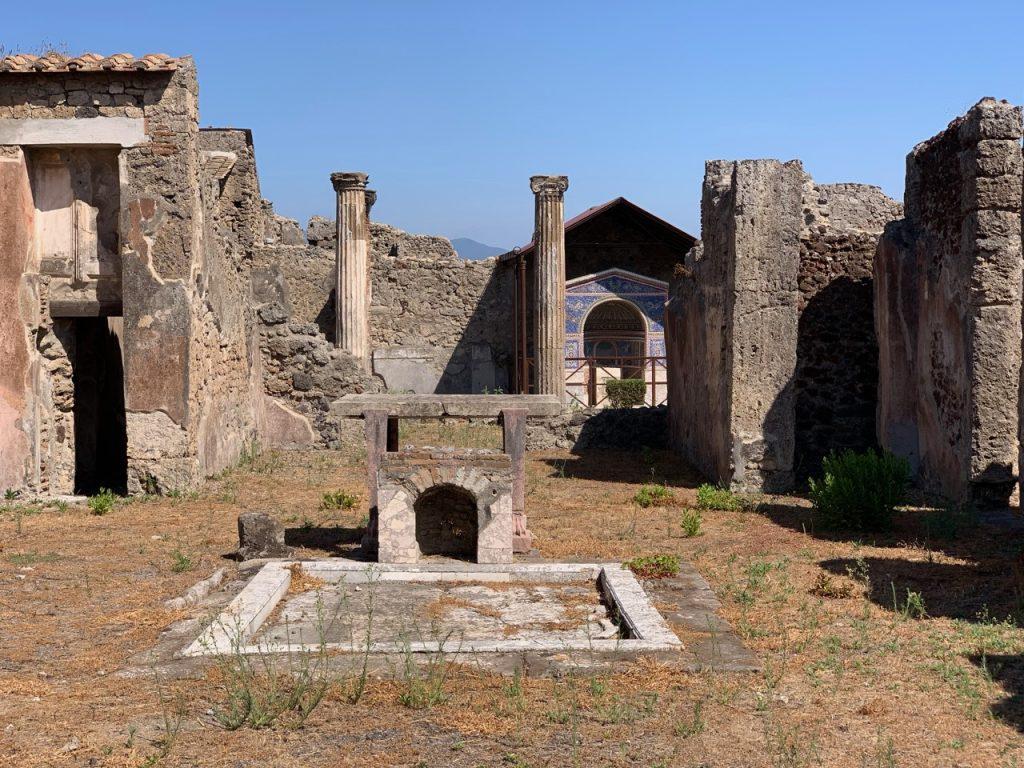
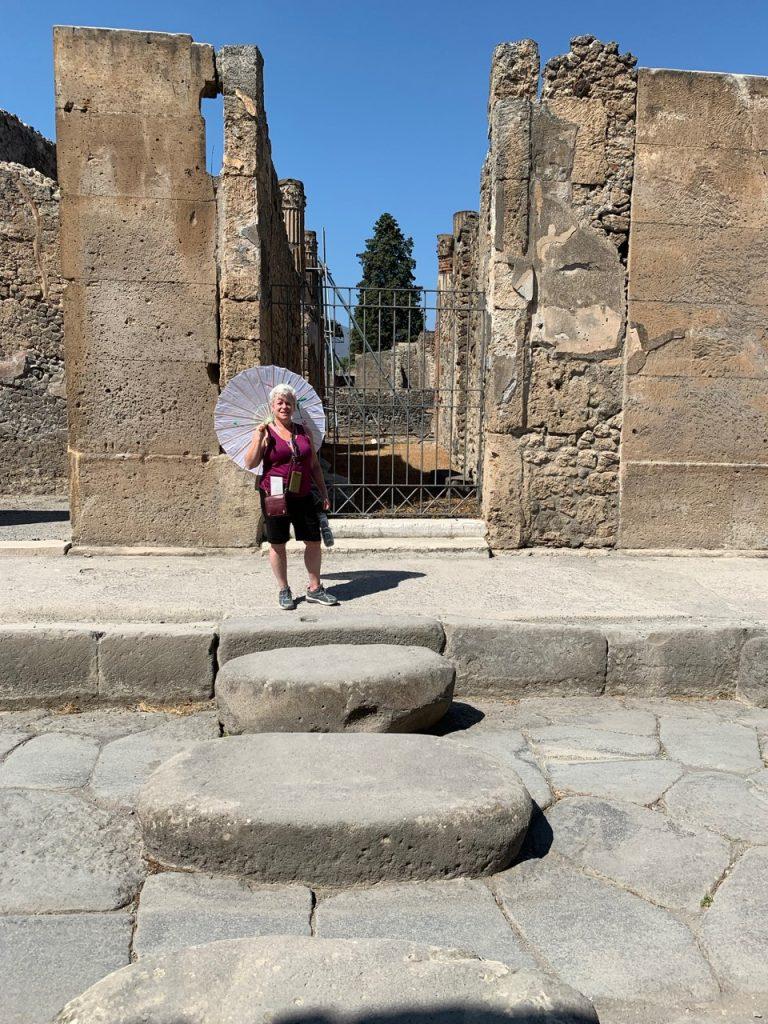
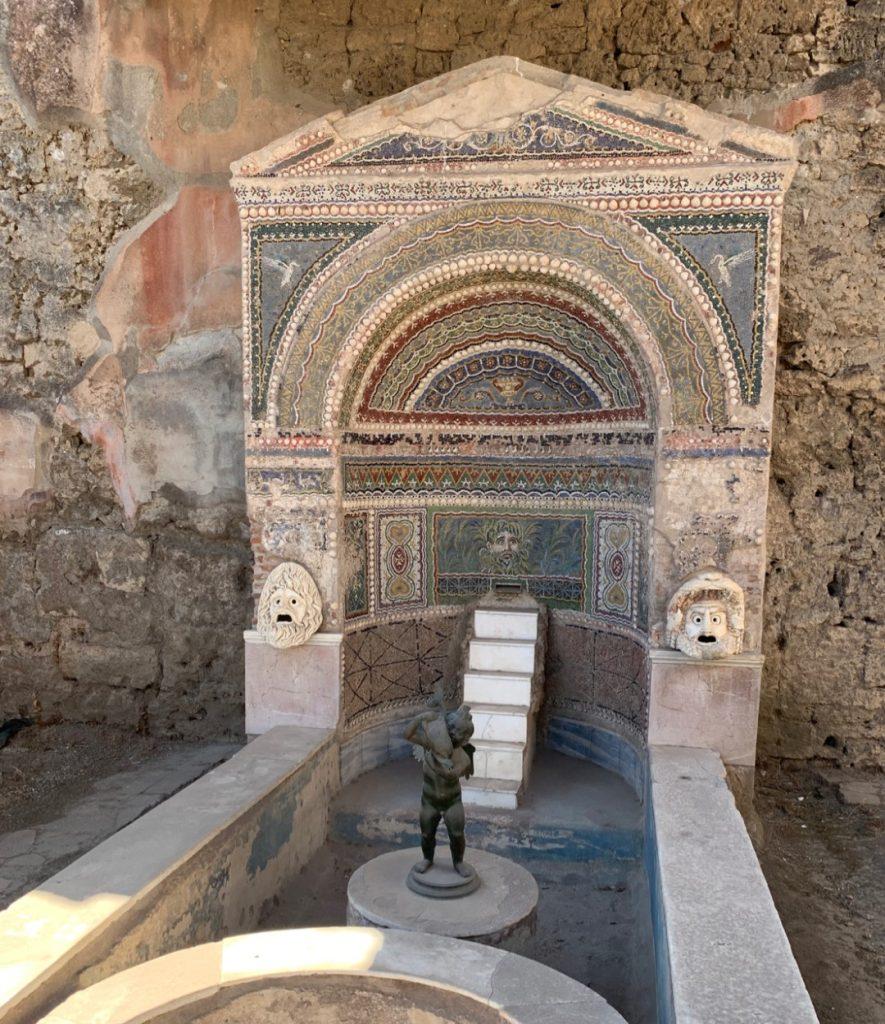
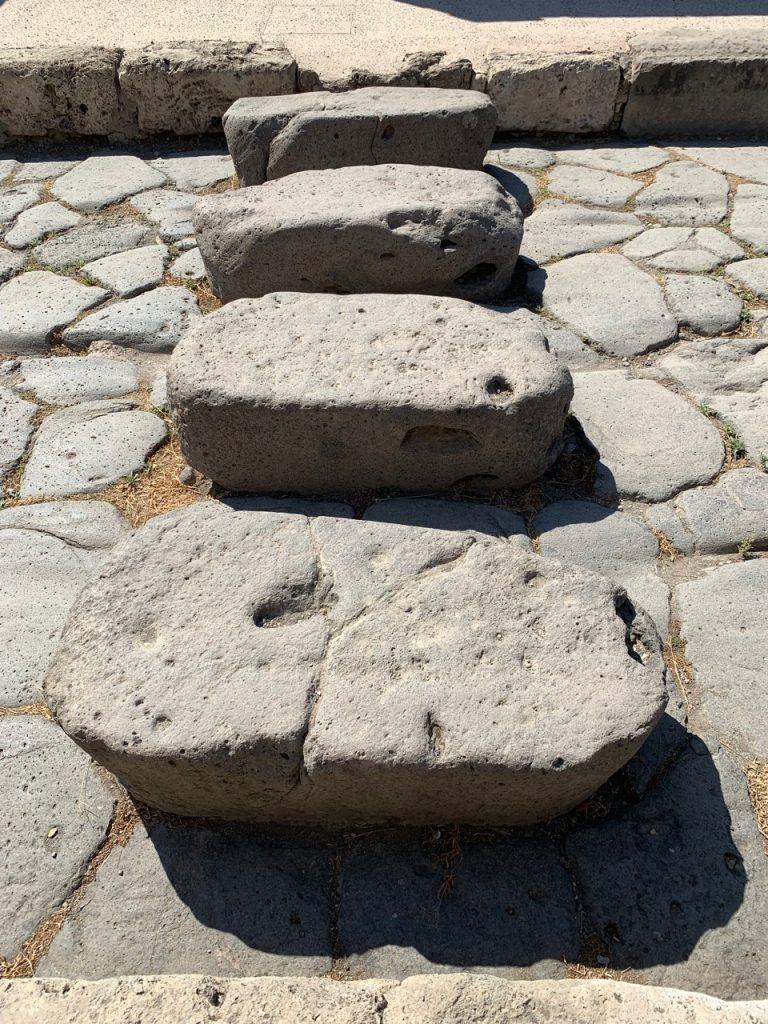
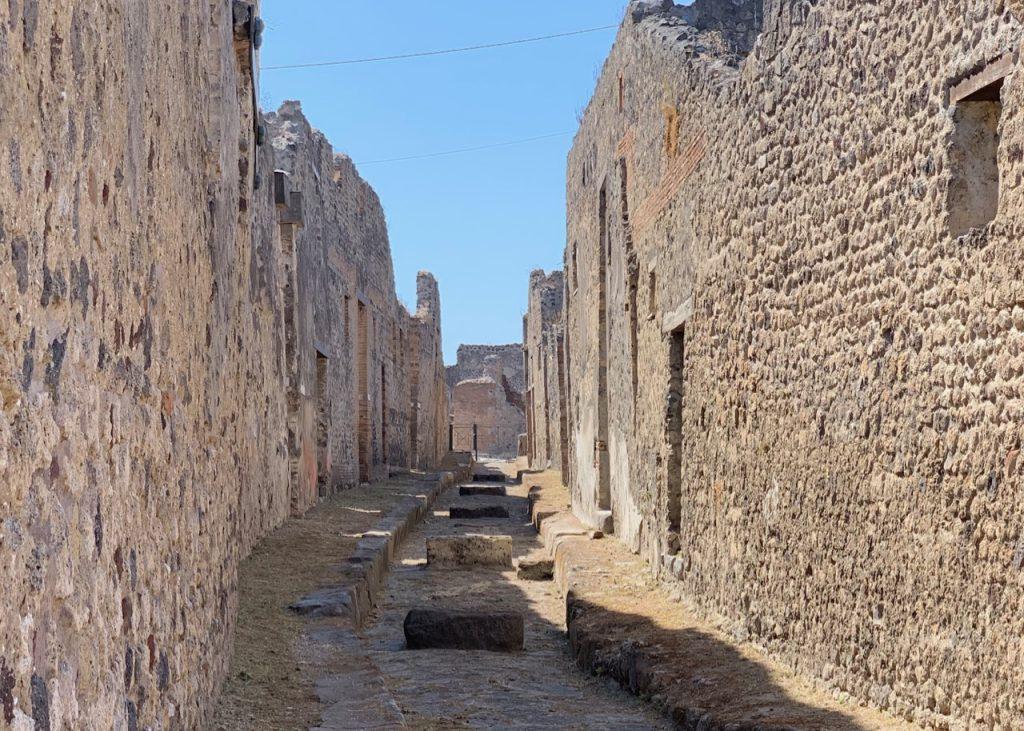
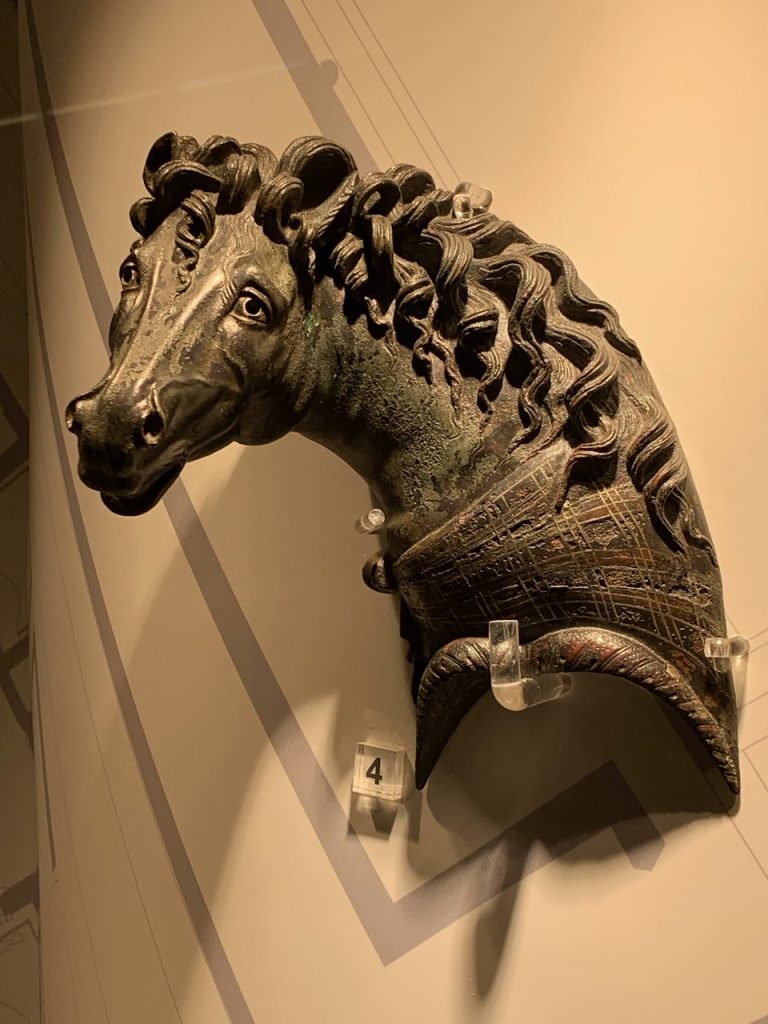
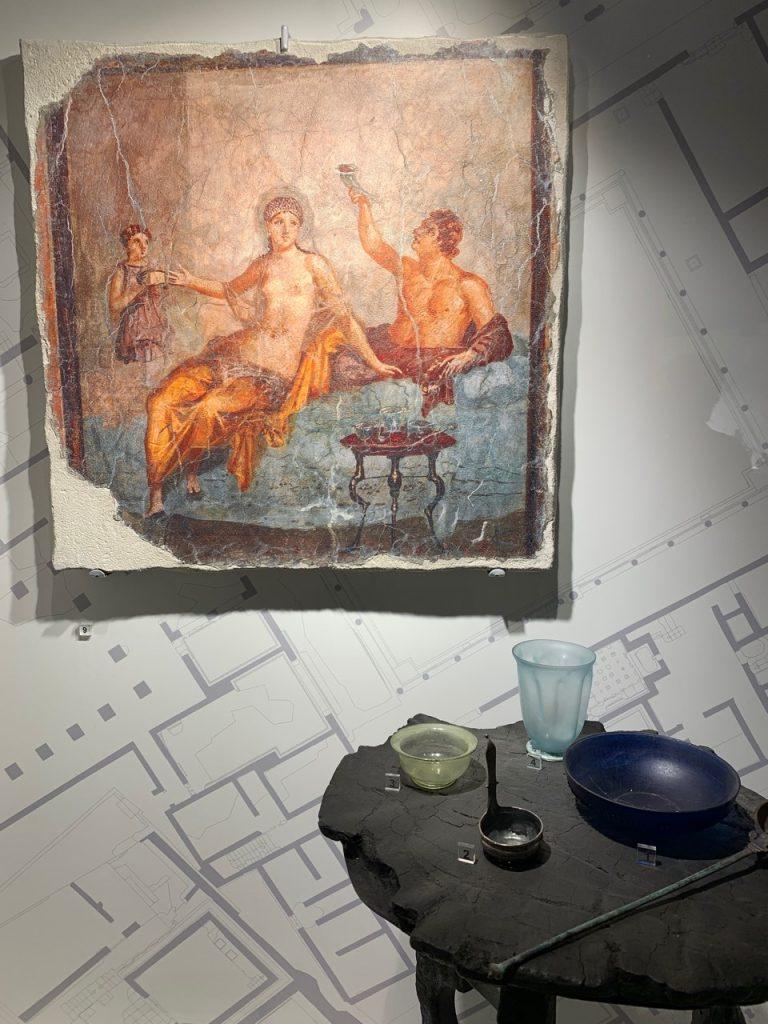
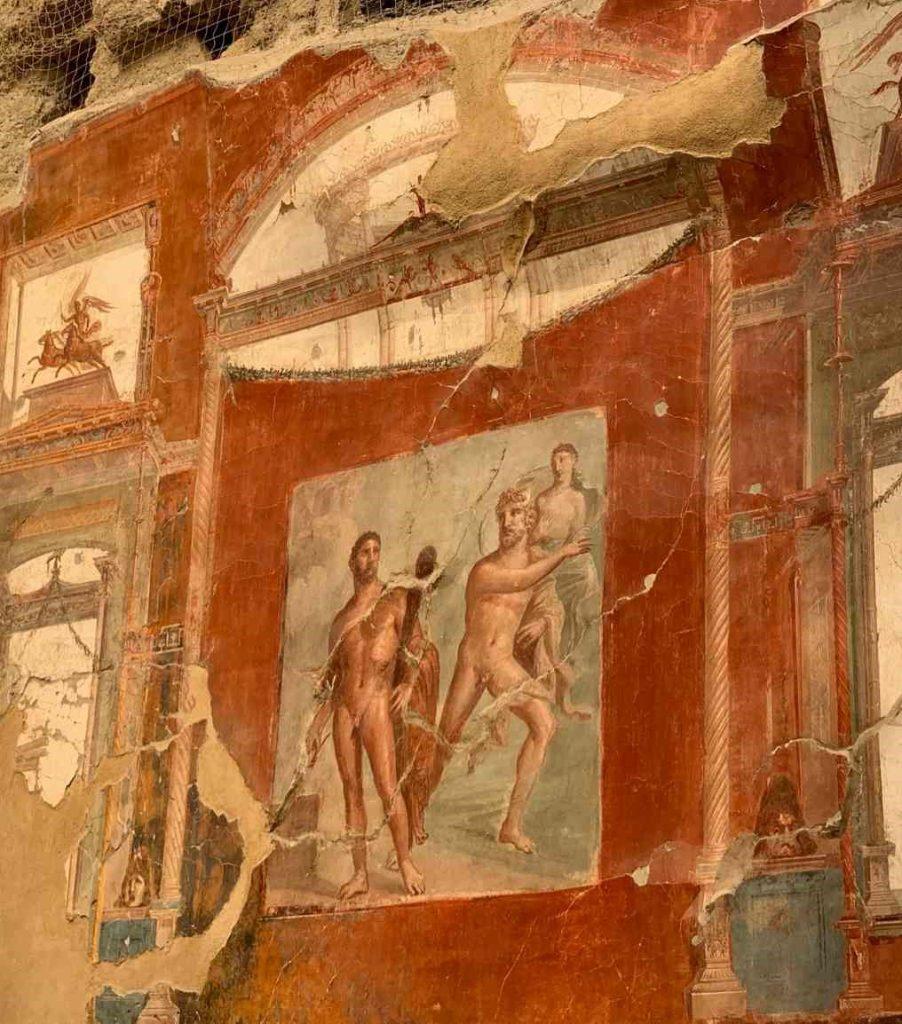
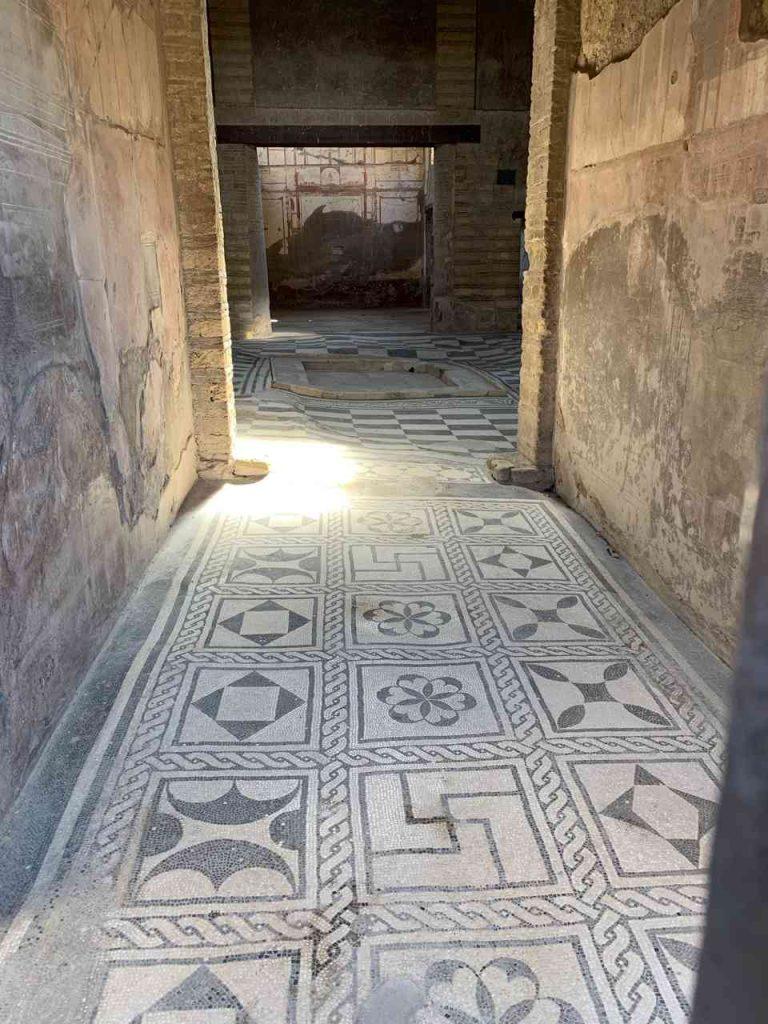
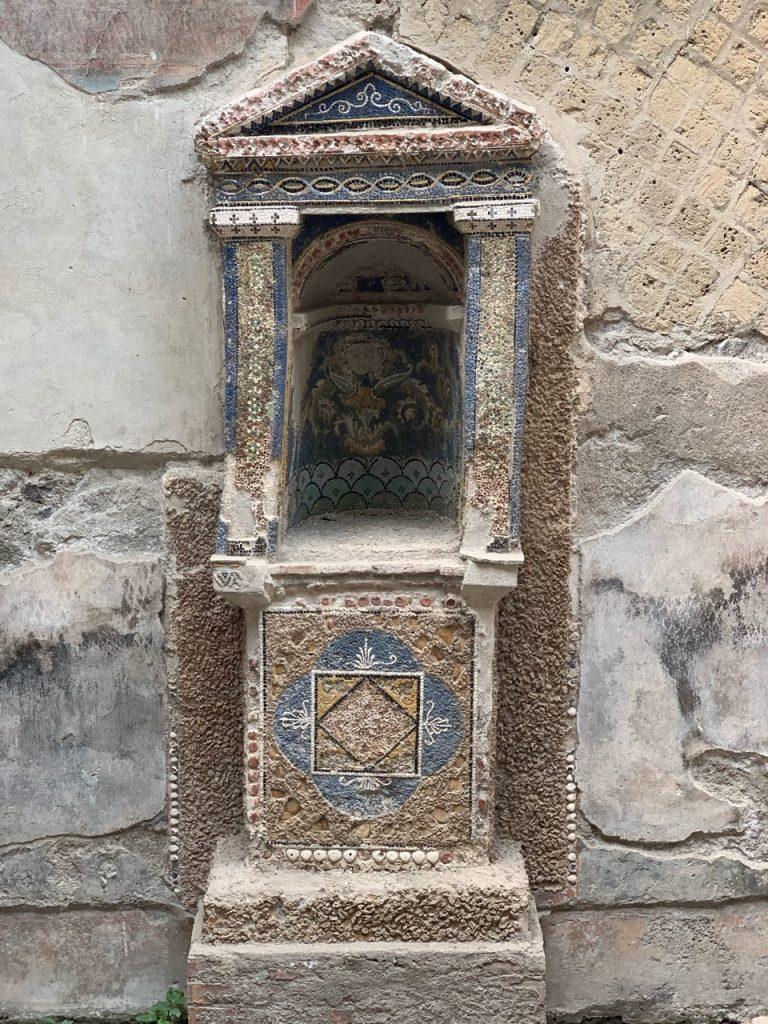
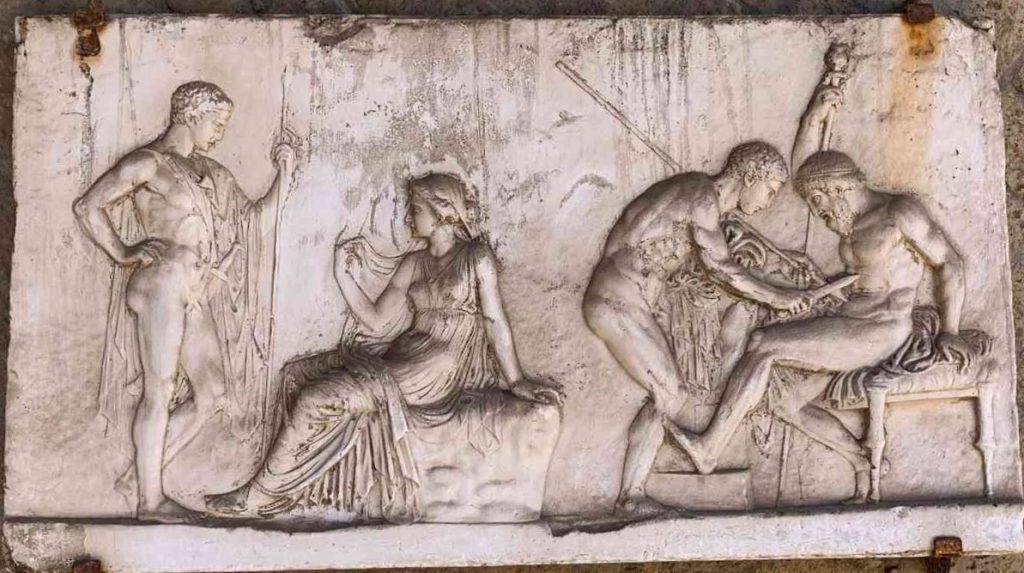
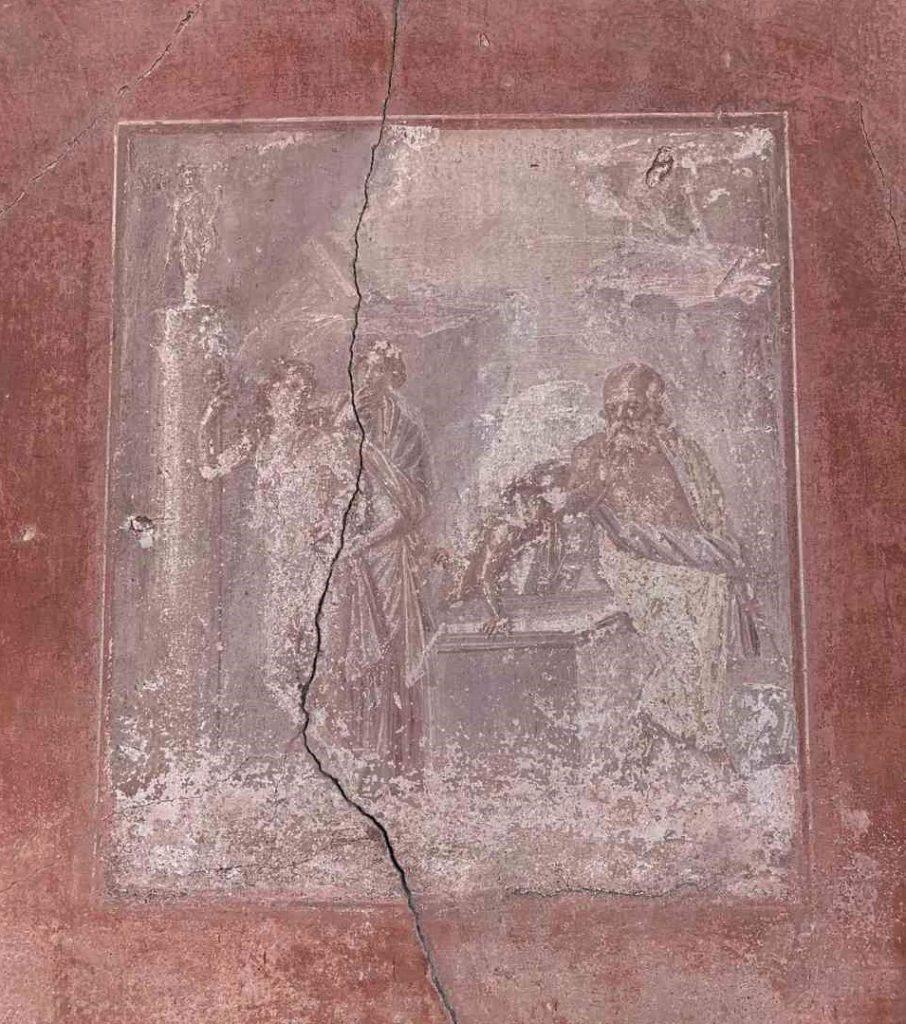
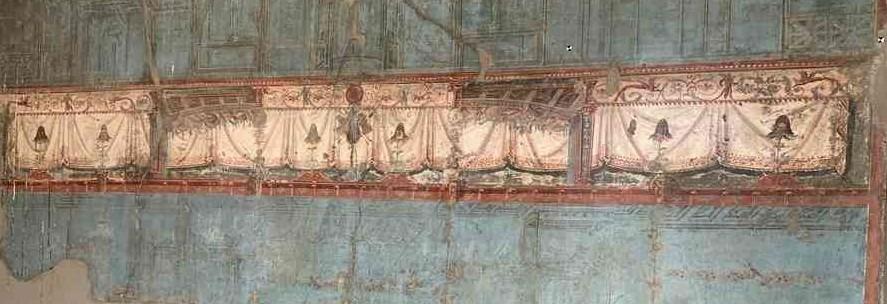
I recall that when I studied classics many years ago I saw a picture of a mosaic from Pompeii showing a dog with the words “cave canem” [in English, “Beware of the dog”]